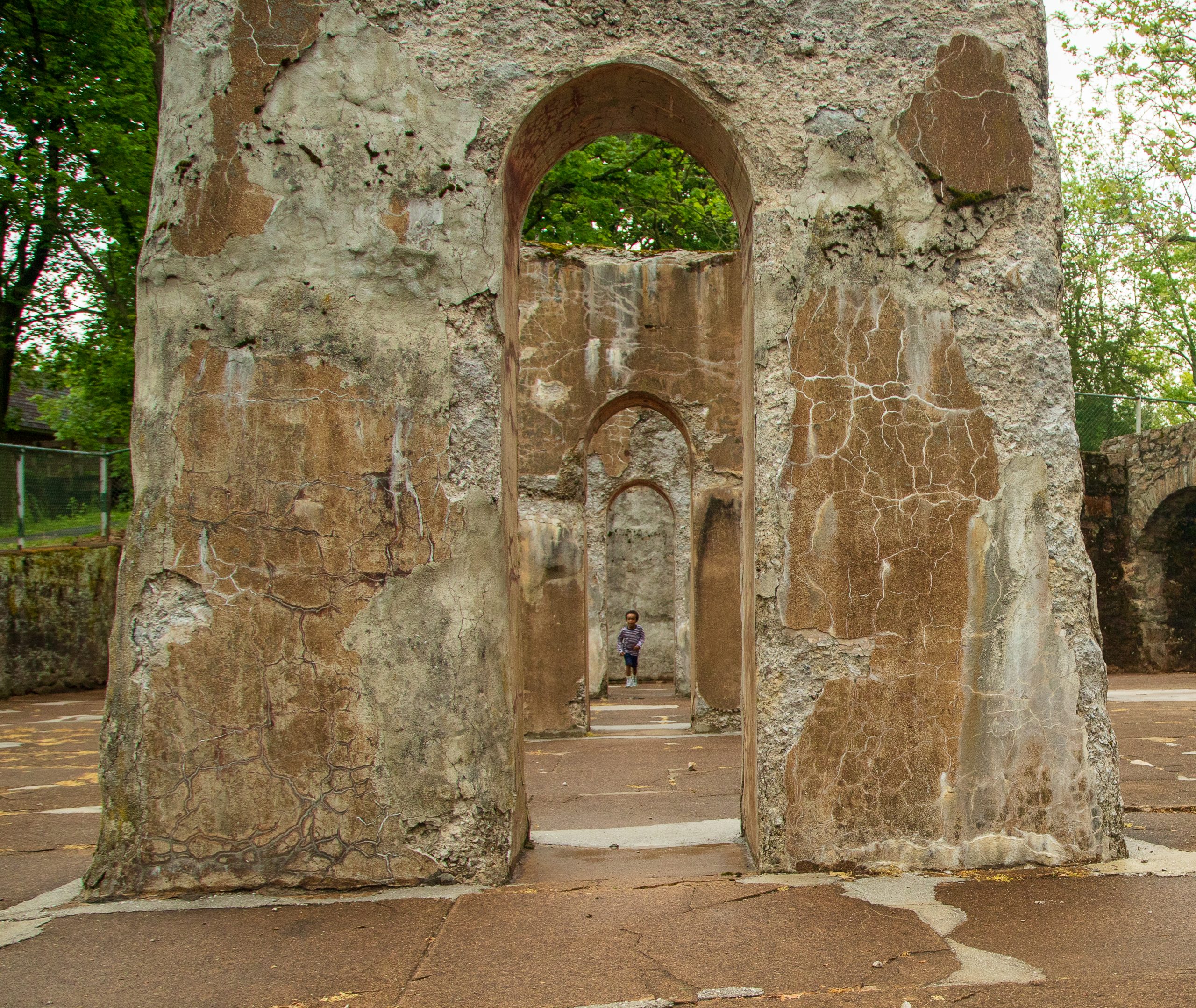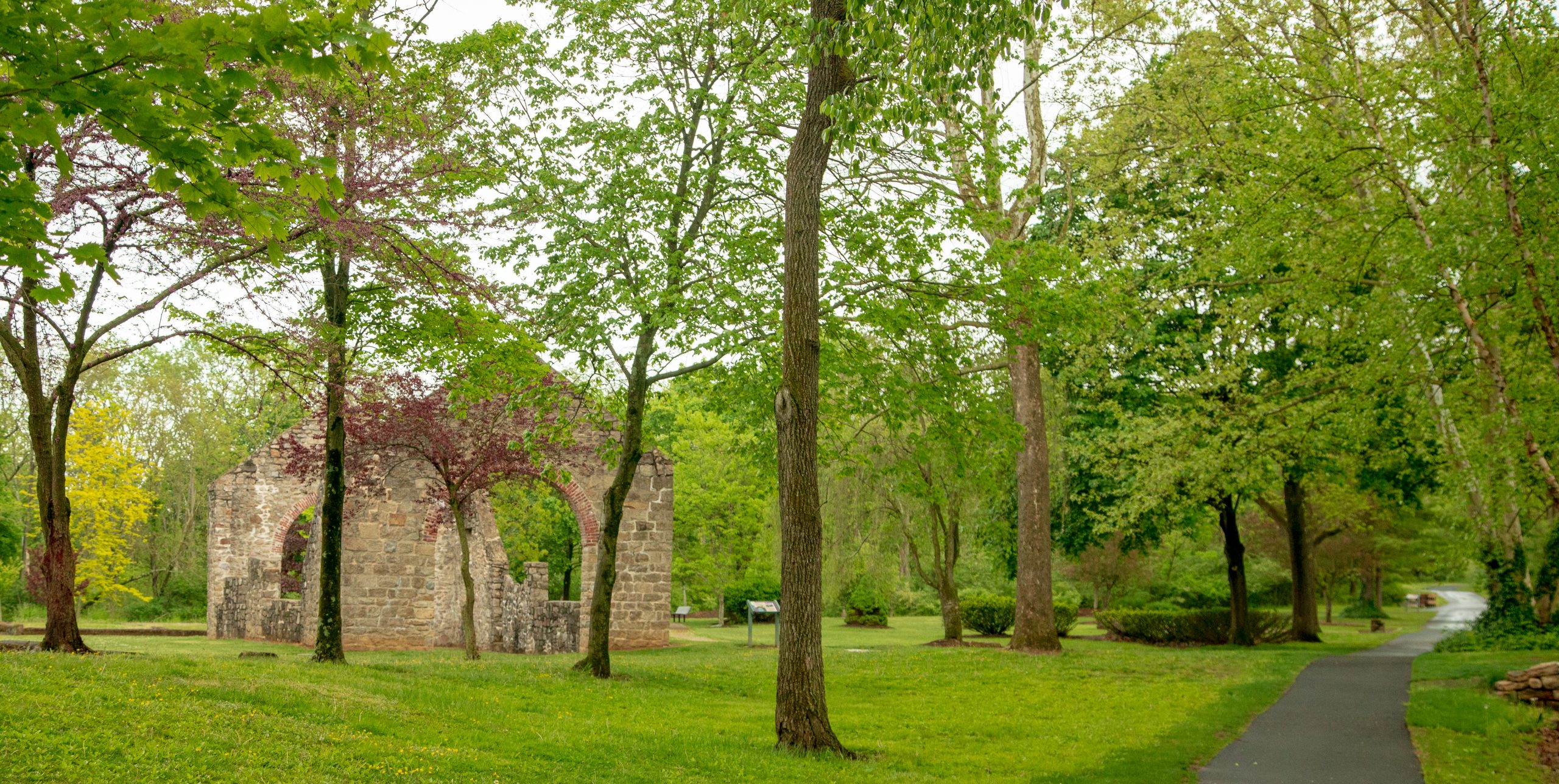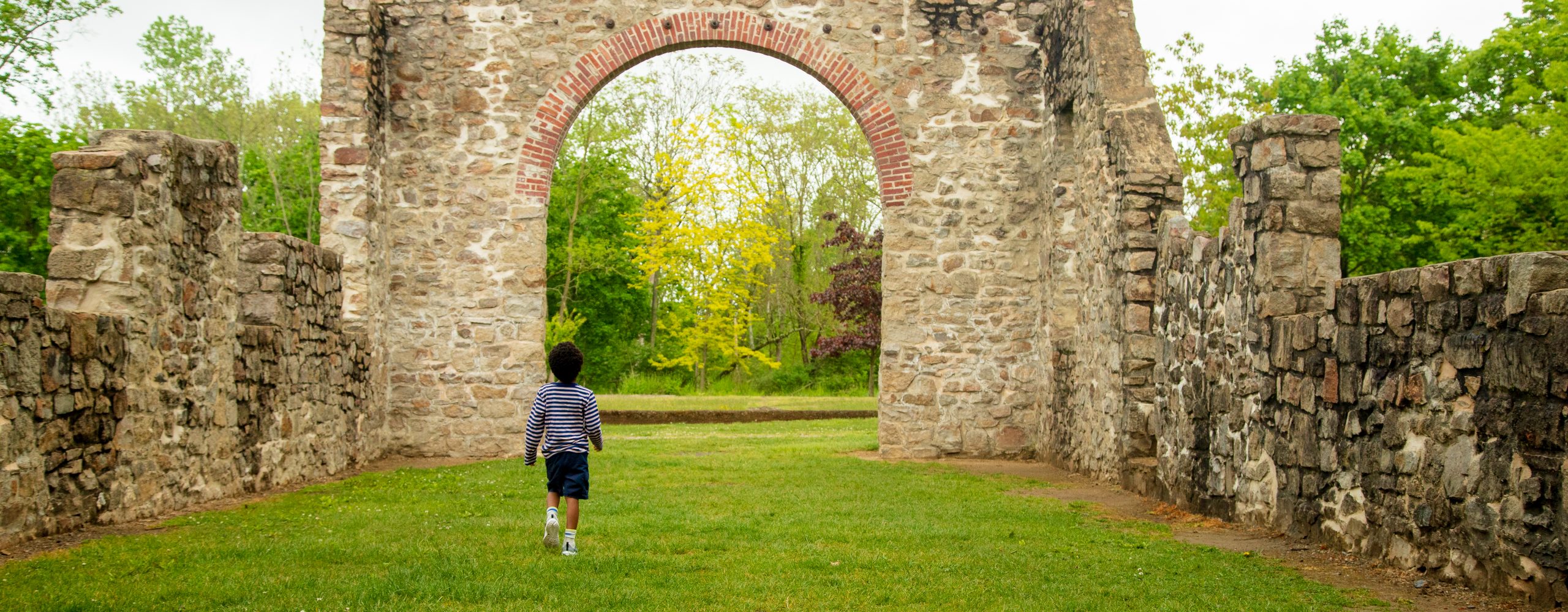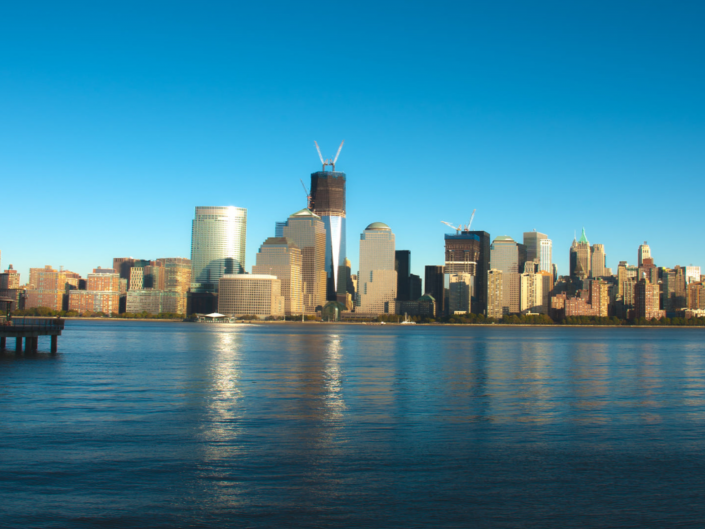PA Museum
Lock Ridge Park and Furnace Museum.
The park preserves portions of the former Lock Ridge Iron Works. The first furnace at the site was built in 1868 by the Lock Ridge Iron Company, on the line of the Catasauqua and Fogelsville Railroad near its junction with the East Pennsylvania Railroad.
The company was taken over the next year by the Thomas Iron Company, and a second furnace put in blast shortly thereafter. The iron industry in the Lehigh Valley was then flourishing, and the Lock Ridge furnaces (designated No. 7 and No. 8 by Thomas Iron) were typical of the time. They used a hot blast to burn anthracite fuel (rather than the hitherto common charcoal) a technology brought to the United States by the company’s founder, David Thomas, in 1839.
However, by the early 20th century, the furnaces were, despite sporadic improvements, technologically out-of-date, and were reputedly the last anthracite iron furnaces to operate in the United States. President B.F. Fackenthal, of Thomas Iron, recommended they be decommissioned upon his resignation in 1913.
Museum
The centerpiece of the 59 acre park is the Lock Ridge Furnace. What looks like a stone castle was a coal burning iron furnace. The beauty of the furnace and surrounding structures belie their industrial roots.
An 81 seat pavilion with a grill and restroom can be reserved. The outdoor area next to the furnace building can be reserved for weddings and events.
Lock Ridge is uniquely beautiful when the bluebells are in bloom. “Bluebells” are actually muscari, or grape hyacinth, a plant that produces spikes of blue flowers that resemble bunches of grapes in the spring. The stone structures, arches, and flora make Lock Ridge a favorite place for photography and weddings.
Lock Ridge Park offers a variety of recreational activities. There are trails through the open and wooded areas of the park for hiking, biking, and nature study. There is a field for T-ball and girls softball. Swabia Creek runs through the park and offers limited fishing.
The museum is operated by the Lehigh County Historical Society. . Exhibits illustrate how iron was made over a hundred years ago. Numbered signs allow visitors to take a self-guided tour at any time. Guided tours are offered from 1 to 4 PM on Saturdays and Sundays from May to September. Call 610-435-1074 for additional information on tours.






















